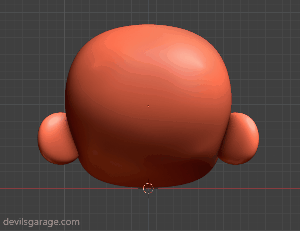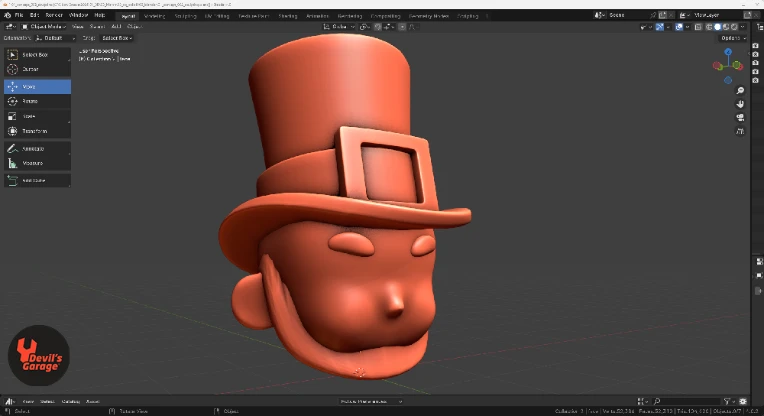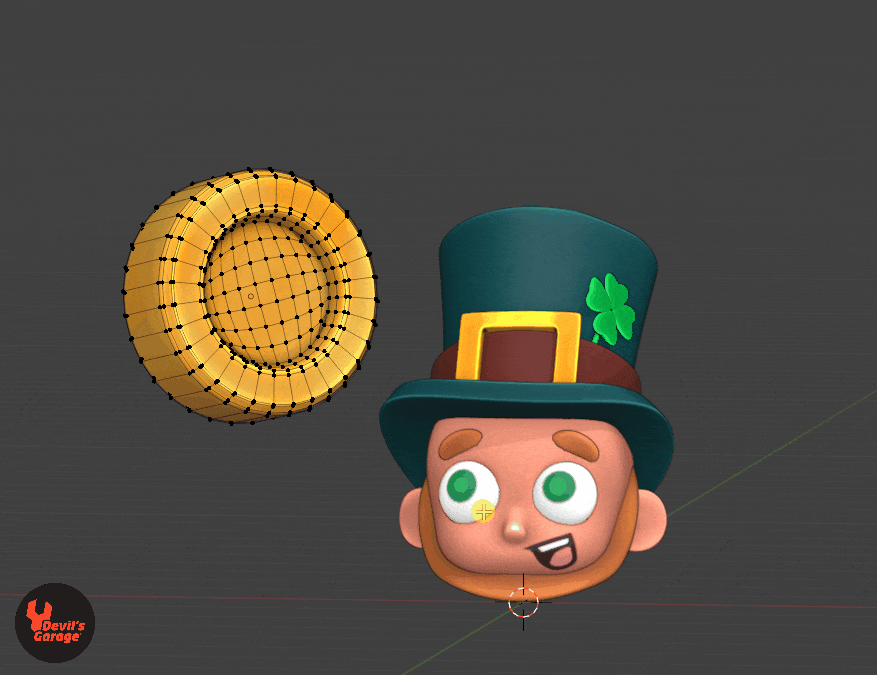I recently migrated from Cinema 4D to Blender and stumbled upon the Lucky Collab. This seemed like a perfect opportunity to learn how to sculpt in Blender. After many (let's say a lot of) crappy concept faces that didn't quite work out, I finally landed on this character design!
I'm really surprised by how user-friendly Blender's sculpting tools are - kudos to the developers for this fantastic feature. They've made huge strides, and I'm excited to make Blender my primary 3D tool.

Here's some of my work in progress!



GrapheneKid
This looks hella good. Do you think the sculpt tools are approachable if someone's never used Blender before? I'd be interested to give it a try but I've never modeled anything.
devilsgarage
This advice comes from my own experience. My learning journey was filled with frustrations that could have been avoided by having a strong foundation in the basics. While Blender's sculpting tools can be intuitive for some, particularly those with experience in working with clay or creating maquettes, a basic understanding of 3D concepts is always helpful.
As an artist with experience in Cinema 4D and a solid understanding of human anatomy, I found that Blender's sculpting tools take the fundamentals of figurative drawing to a whole new level. It feels remarkably similar to traditional maquette modeling.
I had referred these two tubers for blender tutorials with regards to sculpting tools.
https://www.youtube.com/watch?v=HJSGoKbNBnQ
https://www.youtube.com/watch?v=ijdhJsN2Iiw
However, for beginners with no prior 3D experience, I highly recommend taking a basic art class before diving into a 3D program. A strong foundation in artistic principles will be invaluable. For those with some artistic background, there are fantastic Blender tutorials that treat modeling, sculpting, UV mapping, texturing, lighting, rendering, and visual effects as a comprehensive discipline. A general Blender course would be a perfect way to explore these various aspects.